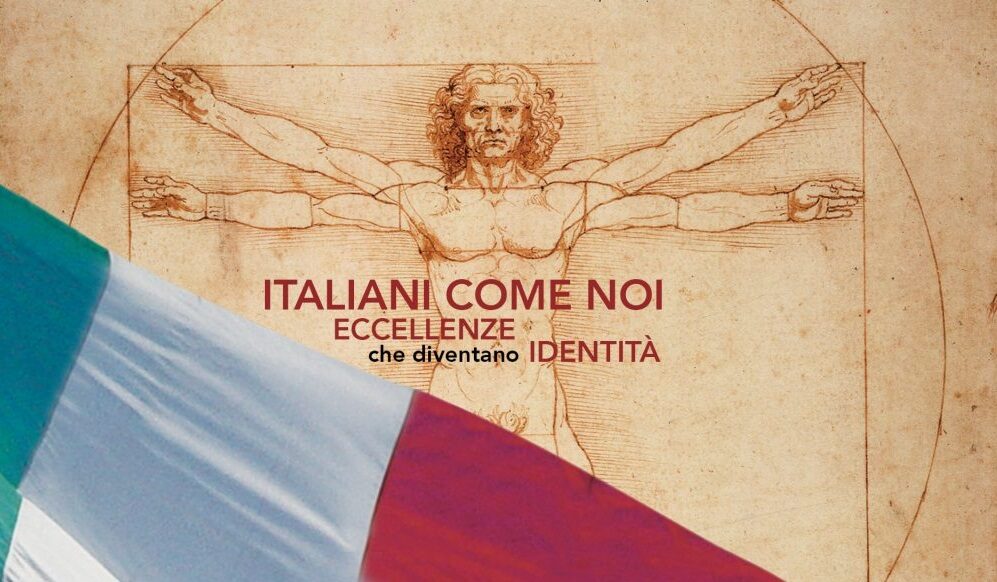LE TRE GRAZIE DI ANTONIO CANOVA
Il gruppo marmoreo delle Tre Grazie è sicuramente uno dei massimi capolavori di Antonio Canova, e una delle opere più significative del movimento neoclassico.
Ciò che più colpisce è l’armonia e la sensualità delle tre figure – le tre figlie di Zeus: Aglaia, Eufrosine e Talia, che simboleggiano la castità, la bellezza e l’amore – raffigurate abbracciate e disposte in circolo. L’intreccio delle membra, la dolce e molle inclinazione del capo l’una verso l’altra, e il velo sorretto dalle tre figure, danno quel senso di unità che caratterizza l’opera.
Le Tre Grazie canoviane – concepite come esaltazione di perfezione e bellezza, sommi canoni estetici dell’epoca – incontrarono uno straordinario successo, al punto che, quando l’opera fu inaugurata, Stendhal disse che Canova aveva creato un nuovo tipo di bellezza.
ANTONIO CANOVA’S THREE GRACES
The marble sculpture entitled ‘The Three Graces’ is without a doubt one of Antonio Canova’s greatest masterpieces, as well as one of the most important works from the Neoclassical movement.
What is most striking in the sculpture is the harmony and sensuality of the three figures – Zeus’s three daughters: Aglaea, Euphrosyne, and Thalia (who represent beauty, charm and joy) – depicted in a circular embrace. The way their arms are intertwined, the sweet and gentle inclination of their heads towards one another, and the scarf draped between them, communicates a sense of unity which characterizes the piece.
Canova’s Three Graces – conceived of as a celebration of perfection and beauty, the highest aesthetic standard of the period – was enormously successful, to the point which, when the piece was inaugurated, Stendhal told Canova that he had created a new kind of beauty.

